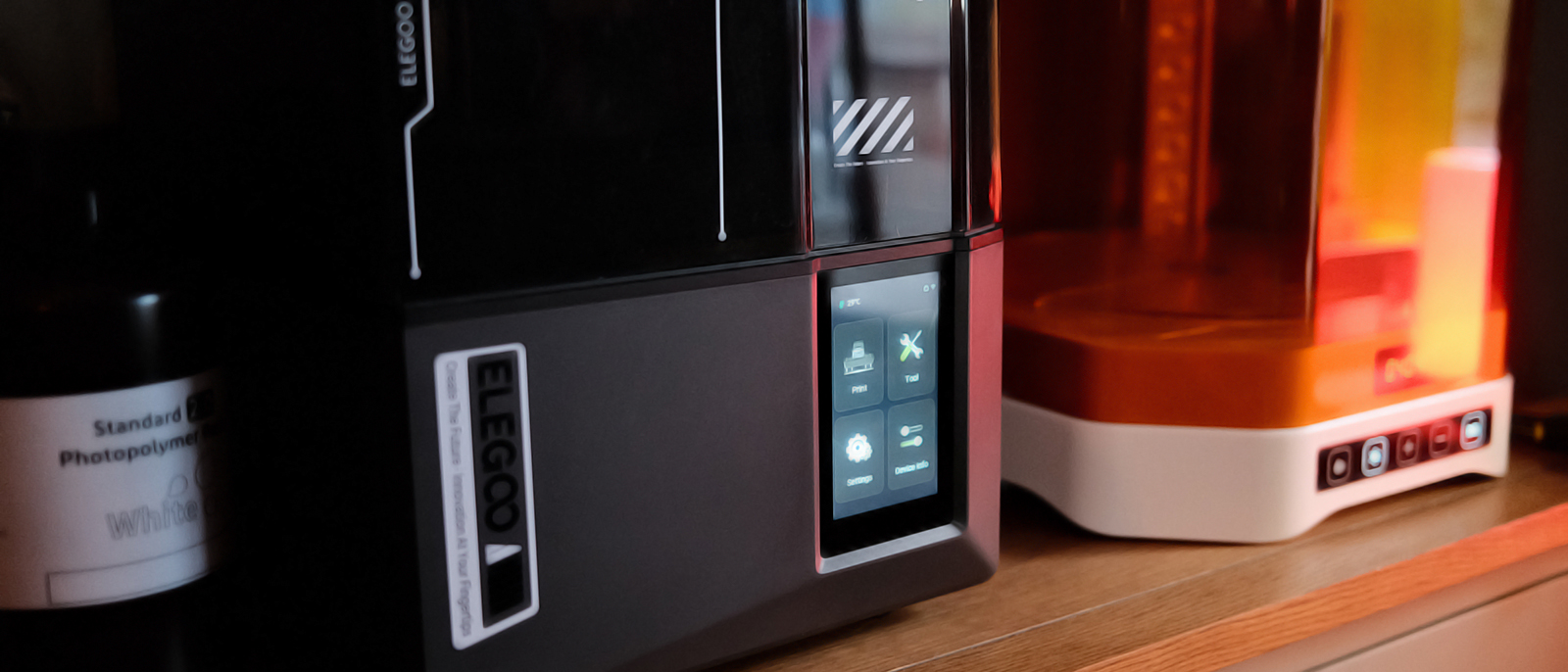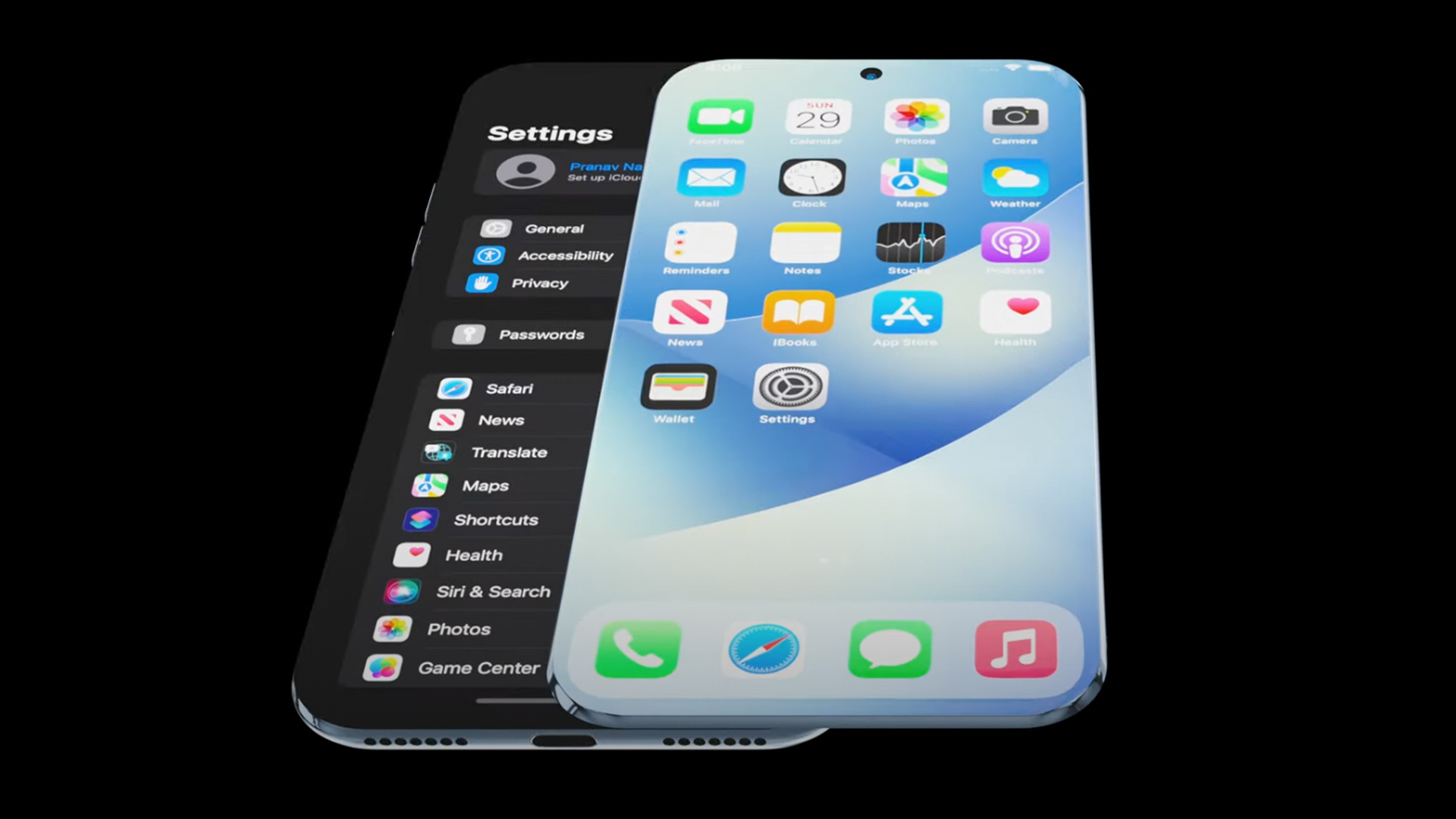Our Verdict
Elegoo has a history of making good 3D printers but I'd say the Mars 5 Ultra is leading the way in terms of quality and ease of use. Fine detail is exceptional, the interface is great and the tools on offer make this a best buy for beginners and experts alike.
For
- Fantastic build quality
- Exceptional print results
- Easy to use
Against
- Limited build volume
Why you can trust Creative Bloq
It can be hard to keep track of 3D printer tech, with new releases coming thick and fast from several developers, Elegoo being one of the most popular. It's also tricky to know which type of printer to invest in, either FDM or Resin, but once that decision has been made, how do you filter the available options to make the best choice? Elegoo would have you believe the Mars 5 Ultra is the best beginner resin printer out there, and for good reason.
I've been using and testing 3D printers of all flavours, shapes and sizes for over a decade and I have to say that Elegoo's claims are well founded. Here's why
Elegoo Mars 5 Ultra: What's in the box?
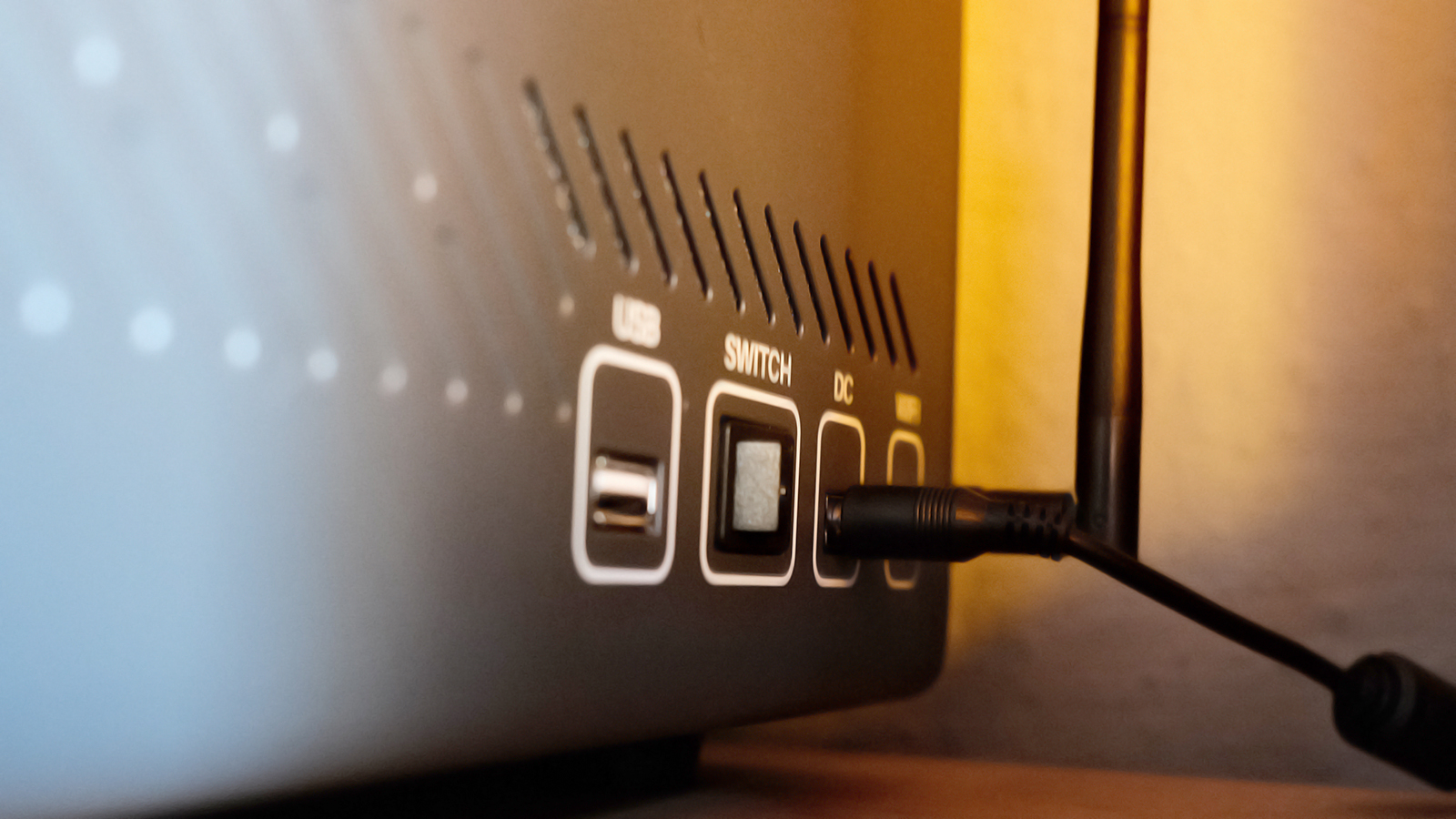
As is the norm these days, all the accessories, are shipped in foam insets inside the printer, so the first thing is to remove it all, find a sturdy, level place to situate the printer and plug it in.
The build platform is self-levelling, so there's no need to faff around with undoing bolts, levelling with paper, and then tightening everything up. Just lock it in place with a single lever and let the Mars do the rest.
The Mars ships with scrapers, both metal and plastic (for the build plate and FEP), a USB thumb drive for transferring files and firmware in case you don't want to use Wi-Fi, some gloves, a Wi-Fi antenna, and resin filters – the standard fare for any resin printer.
Screw in the antenna, plugin and you're ready to go. Takes all of a couple of minutes and that's it. Simple, easy, no nonsense.
Elegoo Mars 5 Ultra review: Software
Although Elegoo does supply its own software, SateLite, it isn't yet available for Mac, so I tested the Mars 5 Ultra with both chitubox and Lychee, with Lychee being my preference. It connects via wifi easily as well as having presets for the printer and resin settings, so calibration isn't an issue for your first test prints, although I'd recommend doing them once you get your head around things.
Daily design news, reviews, how-tos and more, as picked by the editors.
Lychee allows for positioning parts on the print bed, slicing and adding supports, before saving with to a file, or sending directly to the printer wirelessly.
A note on supports. One of my first tests was a Trech Crusade model that I planned to paint. It comes from myminifactory with both supported and unsupported versions. I opted to try supported first, knowing the clear downside and that is the supports aren't custom for printer or resin. As suspected this print failed. However, when I let Lychee generate supports, with my printer loaded, everything worked perfectly.
Most slicer apps are offered as both free or paid-for versions. I'd recommend testing a couple, deciding where you feel most at home, and then buying the pro version.
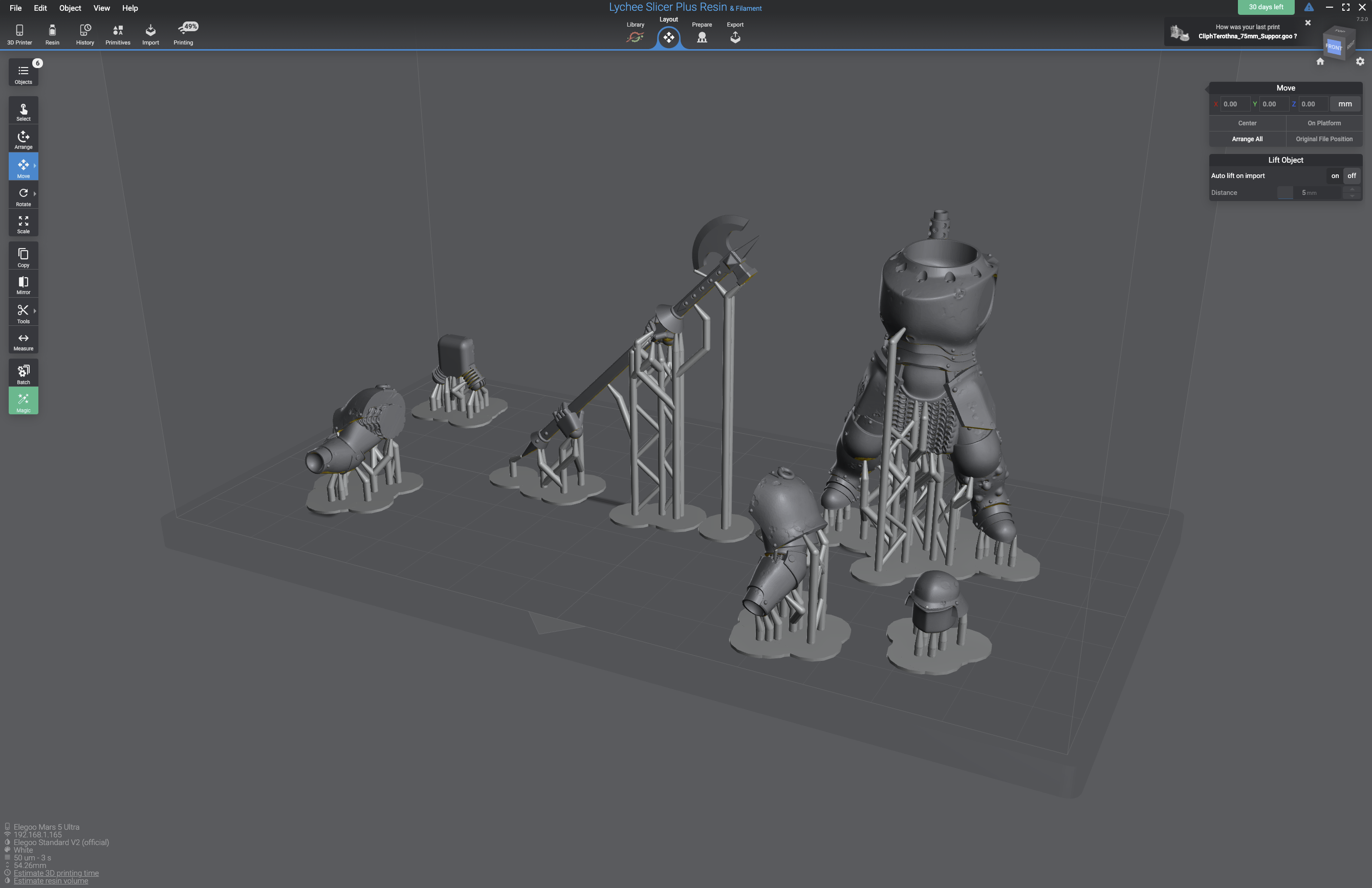
Elegoo Mars 5 Ultra: Performance
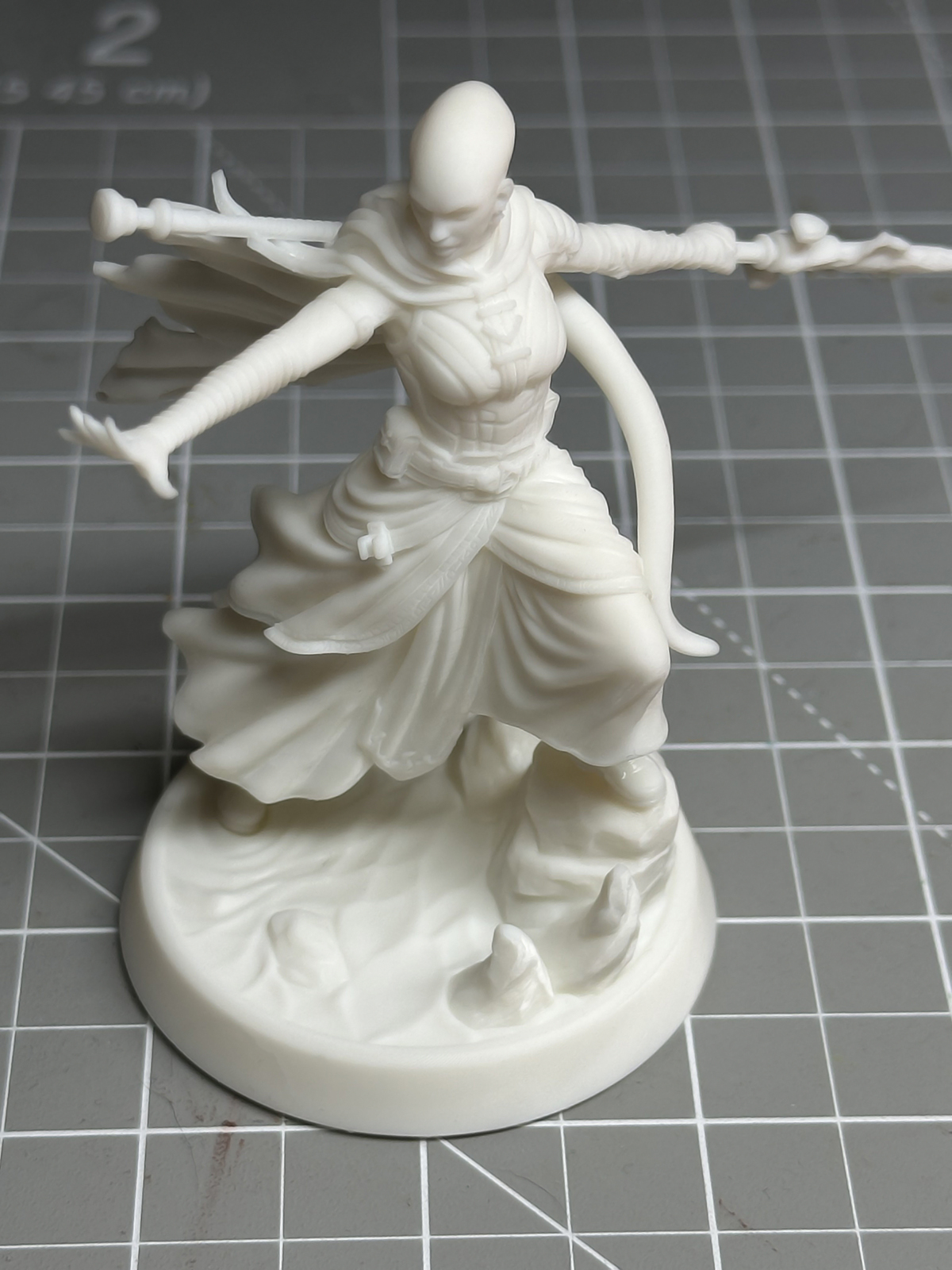
You can interact with the Mars 5 Ultra in a couple of ways. You can use your slicer software to send jobs directly, or plug in a USB drive, with the files on it and navigate via the touch screen. Both work well but if you use the onboard controls you will have some extra options, such as network settings, tank cleaning and file manager. This is handy for times when a print fails. Use the tank clean tool to expose a layer of resin across the FEP (the clear film at the bottom of the tank) which you can then lift off, to go back to a nice, clear fresh FEP. Top trick, Keep a couple of old used supports handy and place one in the tank when doing a tank clean. This way you can use that discard part as a handle to peel away the resin that gets exposed. Much easier than trying to get under an edge to lift off that way.
Something novel about the Mars 5 Ultra is the tilting tank. Unlike most resin printers, which lift the bed up and down between layers, this makes for far fewer failures, as the layers are peeled off each time, rather than lifted straight up, which creates much more tension. This of course introduces an extra moving part but I have full confidence in the longevity.
Another consequence of this is that there is a gap between the tank and the innards of the machine. In initial use, it is unnerving to see a tank full of resin tipping but the Mars is full of sensors to prevent this and it will warn you if you have overfilled the tank. It also tells you if you've not added enough resin for the print job. Very useful and just one of many ways it holds your hand and prevents mishaps.
On top of this, the Mars ships with a plastic gutter that you can place around the tank, once a job is finished, protecting the machine from accidental spills. It's thin and cheap but works well and I'd recommend using it.
The Mars 5 Ultra has a few other features to note, including an 'AI' camera, which can be used for checking progress as well as shooting timelapses of your print, something I still find almost magical to this day after thousands of prints. This camera is also supposed to be able to detect failed prints but I didn't see any notifications for this, although I only had one failure, which I was expecting.
So, how about the actual prints themselves? Well, my only response is to say they are flawless, out of the box. Most printers usually take a little dialling in but not here. Every job turns out perfectly. Finely detailed, with no layer lines, no bloating from overexposure and with perfectly straight lines (where they should be). I've not used a 3D printer that performs this well without tweaking needed. I've spent some time with it testing various things but really, the only change I'd make would be to reduce the bottom exposure time, as the etched surface of the build plate grips like an angry Orangutan!
Depending on where you place your printer you may want to think about fume extraction, as resin fumes can be pretty unpleasant. Luckily the lid has a port for adding extraction, so that is catered for too.
I'd also recommend adding a wash and cure machine to your shopping list. These make resin printing so much easier when it comes to clean up and they aren't expensive. I've tried a few and my favourites are the Anycubic, or the Elegoo Mercury, which I'm reviewing now too.
Elegoo Mars 5 Ultra: Who is it for?
There's an awful lot to like about the Mars 5 Ultra. It's compact, solidly built, easy to work with and produces excellent results. For experts it can be tweaked as needed but for beginners, it's a case of plug in, pour and go. It is that simple and at this price you really can't go wrong.
Buy it if
- You want an easy-to-set-up and use 3D printer
- You are new to 3D printing
- Fine detail is important to your projects
Don't buy it if
- You need to print large models
out of 10
Elegoo has a history of making good 3D printers but I'd say the Mars 5 Ultra is leading the way in terms of quality and ease of use. Fine detail is exceptional, the interface is great and the tools on offer make this a best buy for beginners and experts alike.

Rob Redman is the editor of ImagineFX magazines and former editor of 3D World magazine. Rob has a background in animation, visual effects, and photography.
